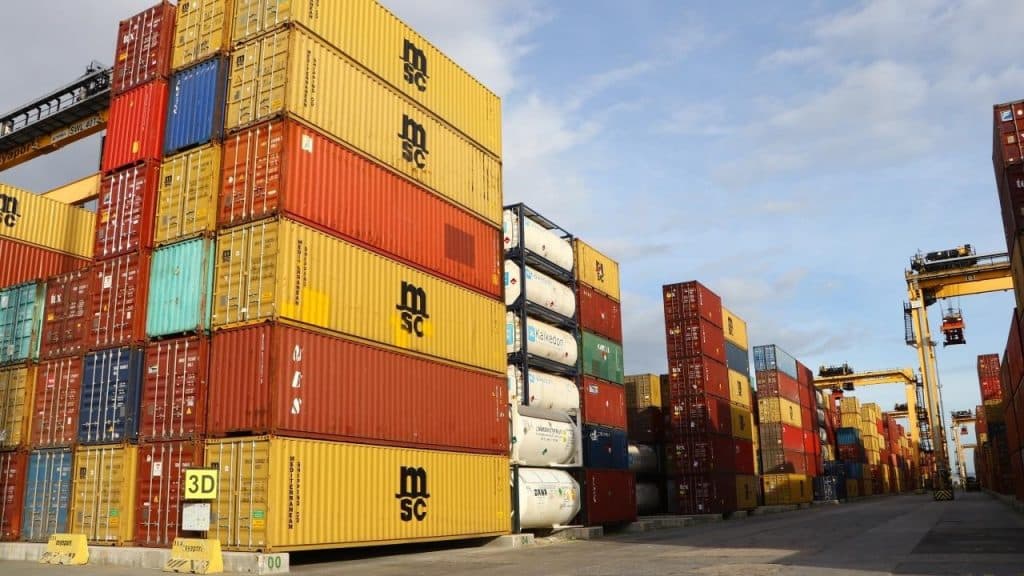
crescent yellow In China, the world’s second largest economy, the government’s official growth target is 5.5 percent for 2022. However, many financial institutions are reducing their growth projections due to the slowdown in the global economy slowing down China as well as the ‘zero COVID’ policies that China is trying to stick to. Finally, the World Bank also reduced its China 2022 growth forecast to 2.8 percent, which it had predicted as 8.1 percent last year and which it had lowered to 4-5 percent in its April forecasts. Previously, many financial institutions, including Goldman Sachs and Nomura, lowered their growth forecasts for China. However, growth forecasts for the rest of East Asia and the Pacific countries have been revised upwards. The World Bank forecasts the region to grow by 5.3 percent in 2022, excluding China. Last year, it announced this forecast as 2.6 percent. It is reported that the optimistic revision regarding Asian economies excluding China is due to high commodity prices and the increase in domestic consumption after the pandemic. If the World Bank’s predictions come true, China will have grown slower than the region for the first time in East Asia, where it has been the engine of growth since 1990. China was able to grow faster than East Asian economies in the Asian financial crisis, the global financial crisis and the COVID-19 pandemic.
Xi Jinping: Housing is for living, not speculation
The housing sector, which accounts for 25 percent of China’s GDP, is seen as one of the most important factors in the slowdown. However, this is due to President Xi Jinping’s ‘welfare for all’ policies, imposing important conditions on loans given to the construction industry. Xi Jinping said, “Housing is for living, not for speculation,” and according to the information conveyed by the Financial Times Beijing representative, he introduced criteria such as the ratio of liabilities to assets, net debt / equity ratio, cash / short-term debt ratio in loans given to the sector when the projects of many construction companies in the country remained unfinished. This is also considered as a normalization aimed at the welfare of the people in the housing sector, which has been the engine of growth for a very long and long time according to critics in the Chinese economy.
Demand from the West slowed down, cancellations started in container flights
Housing is not the only reason for China’s slowdown. The monetary tightening cycle in the USA and Europe, the Ukraine War, record inflation and energy crisis shift consumer spending from products to services in these regions, which negatively affects China’s exports to the USA and Europe. According to a report in Bloomberg, the decrease in global demand for Chinese products has started to cause cancellations in container flights. In the USA and Europe, expenditures are cut, there is a shift from product to service after the pandemic. This is causing the container shipping industry to cancel some cruises. It is stated that if they do not make these cancellations, the decrease in container freight will continue. Container freight has fallen to its lowest levels since the start of the pandemic. Maersk, the world’s largest container carrier, states in its latest report that “although the demand on the transpacific and transatlantic trade routes was higher than before the pandemic, it slowed down from August levels, consumer expenditures both slowed down and shifted back to the service sector from the products it concentrated on during the pandemic period” and adds: “Our shipping network has been adjusted according to consumer demands. We are in a process that we organize”.
“Europe could shrink by 1 to 5 percent in gas recession”
Although governments in Europe announced billions of euros in support for rising gas prices, the economic consequences of cutting Russian gas could be worse than the 2009 global financial crisis, according to experts. Analysis by Bloomberg Economics said, “The base scenario is a 1 percent contraction of the union in a gas-induced recession. The contraction is expected to start in the 4th quarter, and the contraction is expected to reach up to 5 percent if the air temperatures fall too low in the winter and the European Union members cannot share stocks efficiently”. This means a deep contraction from the union’s recession in 2009. According to the analysis, even if there is no shrinkage of 5 percent in Europe, 2023 will be the year in which the union, especially the German economy, has contracted the most since World War II. Christine Lagarde, President of the European Central Bank, said at the beginning of the week, “The outlook is getting worse. “We expect activities to slow down significantly in the coming quarters,” he said. Economists expect inflation across Europe to approach 8 percent in 2023. Some energy experts say that if the crisis lasts for a long time, it may have bigger effects than the oil supply shocks of the 1970s. “In an energy bottleneck, industrial supply chains can break in an unprecedented way,” said Jamie Rush, Bloomberg’s Chief Economist for Europe. Companies may have to stop their operations when energy costs reach a certain point. All sectors could be deprived of energy-intensive inputs such as fertilizers and steel.
A professional writer by day, a tech-nerd by night, with a love for all things money.

